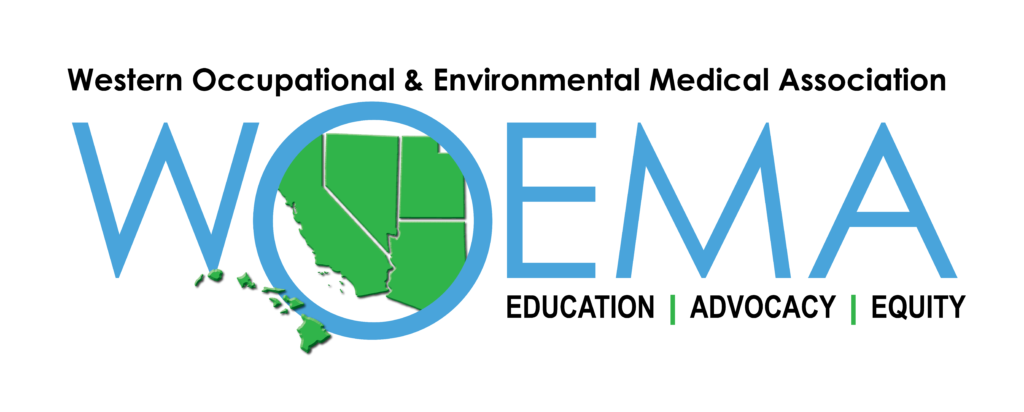WOEMA Celebrates Hispanic American Heritage Month
WOEMA Celebrates Hispanic American Heritage Month
Each year, Hispanic American Heritage month is celebrated September15-October 15 to celebrate the culture and contributions of the Latinx community. It affords us an opportunity to honor the labor the Latinx community has provided over the years to help build country. One such effort was the Bracero Program.
The Bracero Program was the United States federal government's response to labor shortages in the agricultural sector brought on by the displacement of millions of Americans drafted and recruited to fight in WWII. Over the course of the program's existence from 1942 to 1964 an estimated 2 million Mexican nationals immigrated legally to the US through the Bracero Program.
While many Mexican men benefitted from the Bracero program, the farms where they were contracted to work benefitted as well from the cheap labor. However, conditions at the time were ripe for abuse and the Bracero Program did not have any regulatory or conditional to protect workers.
Although well-intended to respond to a critical need at the time of war, the Bracero program was fraught with discrimination and other problems. The workers who came from Mexico under contract to work in the US were often victims of abuse once they began working on US farms. Poor sanitary conditions, lack of access to healthy food, and dismal living conditions were commonplace in the locations where Braceros worked and lived, despite guarantees to the contrary written into the law that created the Bracero Program.
Ernesto Galarza, a Mexican immigrant, was instrumental in ending the Bracero program. Galarza was born in Mexico but educated at Occidental College, obtained a Masters of Arts degree from Stanford, and doctorate from Columbia University. Although not a contemporary of Cesar Chavez Ernesto Galarza and his labor organizing efforts in California's central valley set the stage for Cesar Chavez's eventual rise.
Galarza catalogued the many abuses and tragedies in the Bracero Program in two publications, "Merchants of Labor" and "Tragedy at Chualar." Following his forays into labor organizing in California, Galarza eventually worked as research and education director of the American Federation of Labor's short-lived National Farm Labor Union based in New York City.
While the Bracero Program facilitated immigration to the United States for thousands of Mexican nationals and empowered them to begin their pursuit of the American dream. These Mexican men toiled on the farms in fields left by young American men who left their homeland to fight in WWII. Over the years of the Bracero Program's existence many corporate as well as small farms benefitted from the cheap labor.
A few farms treated Braceros decently, and some were able to leverage the Bracero program to establish legal residency.
WOEMA invites you to honor the may Braceros who left their homeland and established lasting legacies in the US, and helped our country during a time of need.
Ramon Terrazas, MD, MPH, QME, FACOEM
JEDI Committee Member
Rupali Das, MD, MPH, FACOEM
JEDI Committee Chair
